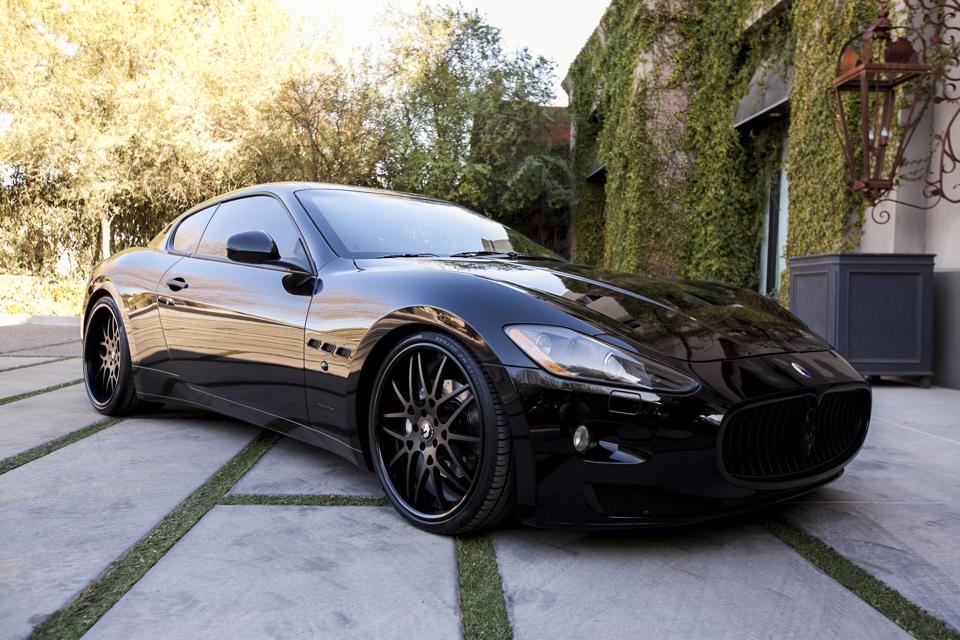Stellantis investors don’t expect a quick fix to the troubled multi-brand conglomerate’s financial crisis, the extent of which became clear when it announced first half results last month.
Stellantis reported a €2.3 billion ($2.7 billion) first-half loss and booked a €3.3 billion ($3.8 billion) write-down from cancelled programs. Stellantis made a net profit of €5.6 billion in the same period last year. The share price has bounced around lows close to €7.5 and since the results announcement has rallied about 7%. The shares closed at €8.02 Monday.
The fact the share price has held steady at the lows for the year points to investor faith Stellantis will solve its problems in the U.S. and Europe, although it hasn’t raised much enthusiasm.
Berenberg Bank of Hamburg said Stellantis reinstated profit-guidance which now calls for increased revenues in the second half compared with the first half, a low single-digit profit margin and improved cash flow.
In the U.S., volumes and pricing should be helped by a new combustion Dodge Charger, a hybrid Jeep Cherokee and a V-8 option for the RAM 1500. In Europe, momentum remains challenging, driven by competitive pressures, the bank said.
In the first half in Europe, Stellantis brand sales dived 9.1% to just over 1 million. Stellantis was in second place behind VW and its brands which sold 1.8 million vehicles, up 2.3%, according to the European Automobile Manufacturers Association (ACEA). The overall market slid 1.9%.
In Europe, Stellantis brands comprise Maserati, Citroen, Peugeot, Fiat, Lancia, Vauxhall, Opel, DS, Alfa Romeo and Abarth. In the U.S., there is Dodge, Ram, Jeep and Chrysler.
“While the guidance workings remain vague, it is implying a likely slower margin and cash recovery than current consensus expectations. The sequential improvement in second-half 2025 and beyond hinges on lean execution of new product launches – which has not consistently happened over the past year – and a positive customer reception. Management’s focus has clearly shifted towards rebuilding commercial momentum,” Berenberg Bank said in a report.
Investment researcher Jefferies, in a report headlined “Taking a bit longer”, said the first half results confirmed that turning Stellantis around will be neither easy nor immediate. Progress in the U.S. has been impressive though.
“But Europe is structurally more challenged but cyclically, market share is set to stabilize further on improving production constraints for new and recent models,” Jefferies said in the report.
Frank Schwope, automotive industry lecturer at the University of Applied Sciences FHM Berlin, agrees that Stellantis has too many overlapping brands, but with careful management, aggressive pruning might not be necessary.
“Stellantis is a brand conglomerate and has far too many brands that are very similar to each other. This could make things very tight for some brands. For example, the revitalization of the Lancia brand is exciting, but makes little sense,” Schwope said in an email exchange.
“The other European premium or luxury brands such as Maserati, DS and Alfa Romeo are also struggling and need to be managed much more closely,” he said.
“Survival of the many mass brands is also by no means assured. However, the costs for the brands can be kept relatively low by badge engineering if the brands are established and have a relatively large clientele,” Schwope said.
Bernstein Research said new CEO Antonio Filosa has begun well, as Stellantis attempts to position itself again in the U.S. as a lower-tier, higher-volume manufacturer.
“This marks a break from previous management’s (Carlos Tavares who quit last December) ambition to launch ever more upmarket vehicles like Grand Wagoneer and unfeasibly expensive trim versions of its more quotidien vehicles that have sat forlornly on dealer lots as vehicle supply improved, interest rates rose and more affordable offerings from competitors drained away Stellantis’s customers,” Bernstein said in a report.
Bernstein wanted more details about the recovery plan.
“Management’s reluctance to commit to more precise earnings and cash flow targets is perhaps understandable given how much hubris surrounded the targets and ambitions of the previous regime, but by the same token we would expect the market to adopt a trust-but-verify approach until the dimensions of the promised sequential recovery can be more reliably sized,” according to the report.
There have been many rumours about Stellantis’s likely strategy. Reports it would merge with Renault were denied. It should sell luxury Italian sports carmaker Maserati. That has been denied many times. Chinese newcomers like Chery Automobile and BYD are said to be looking at buying brands like Chrysler.
Stellantis was created in 2019 by the merger of Fiat Chrysler and PSA Group.

